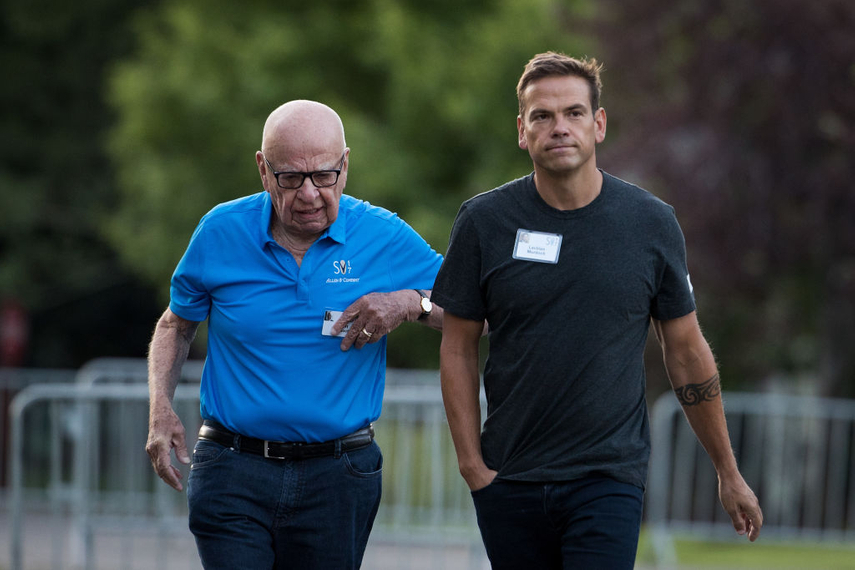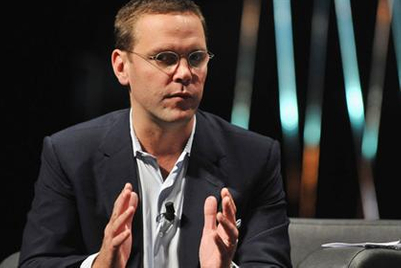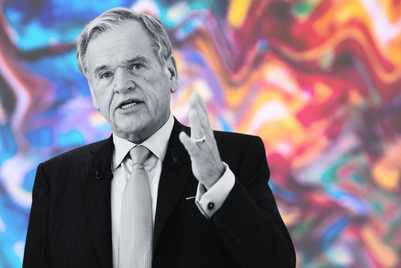
This announcement that Rupert Murdoch is stepping down as chairman of Fox and News Corp signifies the end of an era, with traditional media brands holding less sway than they did 10 years ago.
Audiences continue to fragment, and there are repeated moral panics about the reach of unsavoury commentators and the rise of new social mores.
Some comms professionals think this change is making it tougher. It’s not. As in earlier eras, PR people looking to alter behaviours or persuade shoppers to buy will continue to use a mix of channels.
We’ve got new tools to play with, from generative AI to social listening and far more. This gives us access to incredible data and improves our ability to move swiftly.
Campaigns thus need absolute clarity at the planning phase, specifically around goal-setting.
What is the business impact required, and what communications results will achieve this?
Hone these questions and more effort (read budget) must be put into evaluation. We can segment and target our audiences with greater precision – so let’s use this to demonstrate what communications can do.
The old rules about being interesting, approaching the right people and building relationships still apply. Creativity and consistency are key; with a fragmented, noisy world, the message does depend on the medium. And you may tire of a campaign before the impact lands. But, as they say, it’s not about you.
It’s too easy to have the digital blinkers on when, in fact, IRL intervention will deliver more. A round-table, performance, reception, sponsorship, sampling or out-of-home element may light up engagement and impact.
Then, let’s remember the interplay between channels is fundamental. While fewer people watch the news or read what I’ll call the papers, their heritage and robust editorial standards still carry weight. This is because the principles of third-party endorsement apply. That makes it our job as comms people to leverage those inclusions.
For example, your CEO is interviewed on the Today show, have a colleague highlight this on LinkedIn, and then boost that post to crucial targets. Or perhaps India Knight in The Sunday Times has raved about your client’s new scent; make sure the Insta followers know.
It’s an exciting time to be a professional communicator; I’ve one big question. In the real-world Murdoch succession drama, who was Roman?
Jo Wilmot is PR director at The Think Tank



.jpg&h=334&w=500&q=100&v=20250320&c=1)
.jpg&h=334&w=500&q=100&v=20250320&c=1)


.jpg&h=334&w=500&q=100&v=20250320&c=1)


.jpg&h=334&w=500&q=100&v=20250320&c=1)
.jpg&h=334&w=500&q=100&v=20250320&c=1)

.jpg&h=268&w=401&q=100&v=20250320&c=1)


.jpg&h=268&w=401&q=100&v=20250320&c=1)
.jpg&h=268&w=401&q=100&v=20250320&c=1)
.jpg&h=268&w=401&q=100&v=20250320&c=1)


